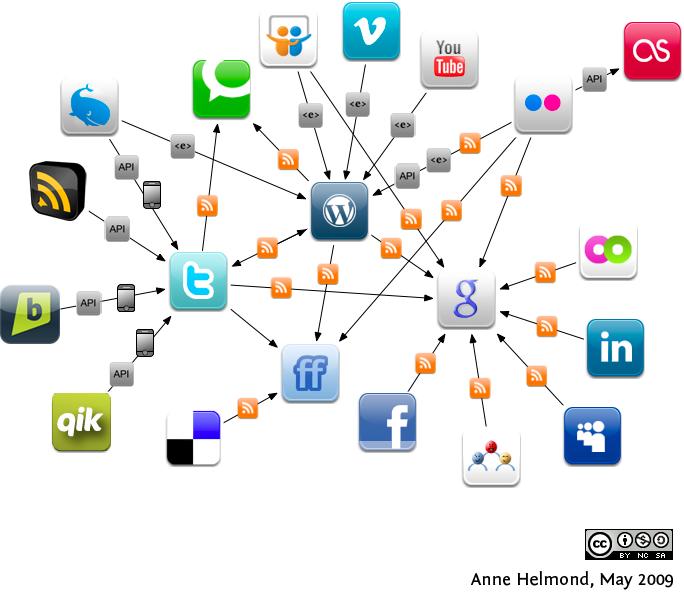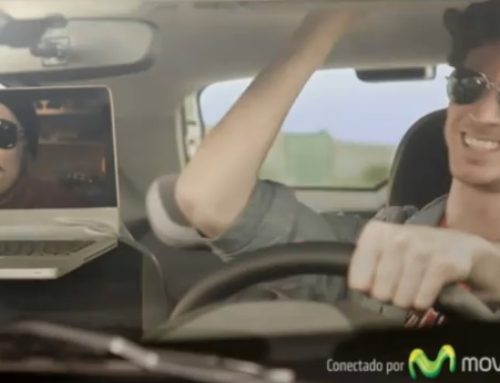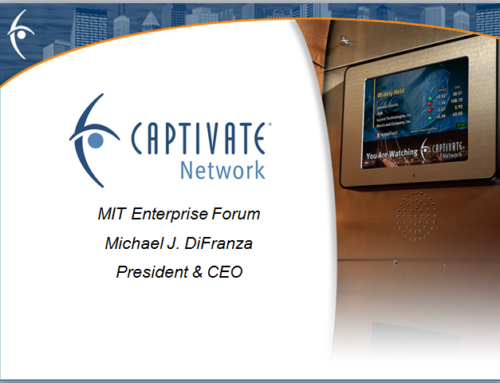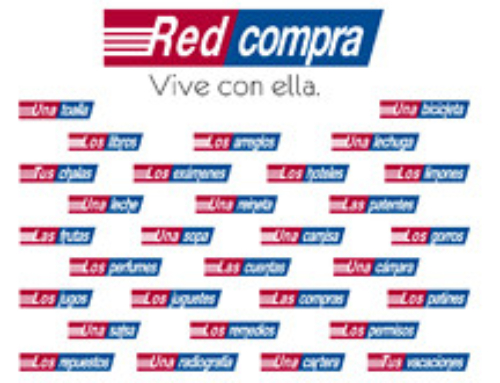This study explores the use of new Marketing Strategies using Social Media Networking to promote product and services through the study of three cases that shows us ways to use these and improve our brand or our relationship with the customers.
If we think in the traditional marketing, it relies on the advertising itself to get the attention of the potential consumers, for that it uses medias like TV, radio or newspapers, the problem is that is losing effectiveness in time because consumers are overloaded with massages and they tend to skip or ignore them, because in deep they did want to see or hear it, or they didn´t care ate that time.
By the other hand, Social Networks are attractive because consumers are connected with other consumers and trust trends to be higher, the challenge is to take advantage and use this buzz from these medias to finally promote your product. It’s not for everyone, depends on the market and it they use social media in an intensive way.
Ford Fiesta Movement
In April 2009, the company Ford started a marketing campaign that included a combination of social media and viral marketing techniques that involved selecting 100 socially vibrant individuals, called “Agents” who were provided with the European version of the Ford Fiesta 18 months prior to it being manufactured and released in the USA. These Agents had to complete monthly missions and were encouraged to share their experience with the Ford Fiesta over the 6 months on the Social Media Networks like their Blogs, Twitter, Facebook, Flickr and YouTube channels.
The Campaign had two main objectives: To build awareness of and interest in the 2011 Ford Fiesta, and to convince the primary target market of young American consumers that the car was functional and stylish for them.
After the 6 months the results were more than 6.5 million YouTube views and 50,000 requests for information about the car. In the first six days of sales Ford sold 10,000 units. According to Matt Van Dyke Ford´s Director of Marketing Communication, the campaign generated a “favorable opinion and consideration that we are able to assign dollar values to”, the car received five times the exposure that a traditional advertising campaign. The results came at a relatively small cost and the Fiesta Movement is reputed to have cost a small fraction of the typical national TV campaign.
The initiative was a success because they focused on choosing correctly the media channels according to the target consumers: the young people in the 14-29 age bracket. These consumers were the Agents and they were chosen for their characteristics: “socially vibrant, unique, and able to tell a good story” and obviously were heavy user of social media networks, had a large quantity of Facebook friends and Twitter followers to generate and disseminate the information about the Ford Fiesta.
After the first campaign, they created the “Movement 2”, that consisted in 20 teams composed of two agents each, the main difference was that their missions was to bring to market Fiesta interacting with consumers online and offline, bringing the car to their community and post the history in a Ford´s own site (fiestamovement2.com). The problem is that in this moment the site doesn´t have movement and have only old histories.
The improvement that they could do is:
1. – Create own content to maintain alive the site and the data of the fans, for further campaigns.
2. – Be more proactive and use the followers to get new interested buyers.
3. – Make Data Analysis with all the information they have, to look for opportunities for other products of the company.
4. – Make new initiatives, events or campaigns with the ones that have bought the Fiesta Cars, to create loyalty and by them get new potential consumers.
The success of this venture was matching in a correct way media channels and target consumers, the main idea of using social media networks can be transportable to other products, but need to consider demographical characteristics of consumers and have ingenious initiatives to produce continuously fed and updates.
Thinking about all the information they captured during this campaign, the most valuable are the leads, they liked the product or asked information about it. It´s needed to make a special campaign with them, but more focused on their needs, aspirations, loyalty, etc. It´s like making a club with special offers or direct marketing and content to engage them.
In the case of Sunsilk, when you go to the website you experience that it´s design to be very interactive, providing expert advice, consumer networking and interactive blogs. For example the “Make over machine” allow you to upload a picture and manipulate the makeup, hair styles and accessories and the “Get the Expert Touch” lets you make a test to see what your hair needs.
The forums and blogs allow members to share stories and offer advice. Consumers interact with the website, the experts, and other consumers, in that interaction they are gaining loyalty and increasing their relationship with the brand.
By another hand, the Reference Groups (Perner, 2010) in this case is crucial, because by this way is that finally the company gets and increases their sales, we can distinguish 3 types of them:
The Aspirational Groups: An example is the Bollywood actress and former Miss World Priyanka Chopra as its brand ambassador. Indian women admire Priyanka giving her significant persuasive power. Additionally, Sunsilk launched sunsilknaturals.com and showcased its Miss India Pageant show, with participants in the pageant show representing aspirational reference groups.
The Associative Groups: Female consumers in India play a dominant role in the buying decision process and form the axle of the Indian household purchase system (Chiranjeevi and Thulluri, 2009). Young Indian women are having an increasing tendency to use the internet, Sunsilk recognized that these young women could influence and promote the brands each other; Sunsilk just had to facilitate this with their site.
Dissociative Groups: With more than 700 thousand members discussing beauty and hair care, not having healthy hair or style puts you in a dissociative category. If a woman becomes a member, she is almost obligated to maintain her style and hair or risk being part of the dissociative group that doesn’t take these things seriously on a daily basis.
The company is reaching the consumer base by bringing their consumers all they need related with fashion and how to improve them self’s and have a better life.
Sunsilks used for Opinion Leaders Celebrities and Experts related with hair care that gave advices, in difference with the Ford Fiesta campaign that used Agents to transmit their experience with the use of the car.
If we analyze the site of Lady Gaga it seems to look like an amateur blog, that’s because she want to reflect how she is, as she defined herself as strange and freak and be more closer and authentic with her fans, that she want them to be like friends, very close to her, It all about feelings. Now, if you look at the site, it is interactive, can post blogs, fans can interact with each other, can by stuff in the store. The difference is that in Ford Fiesta the site was designed to see the experience of people related with the car, in SunSilk the consumers go there to get advice, that other know similar one and share experiences and form groups, in the Gaga site you go to see what see is doing, thinking, talking, planning, etc. It´s all about here and how the fans (Little Monsters) can be reflected in her way of living, She´s the only Influencer.
Sources:
Owygany, Jeremiah (2008, 2) What makes a Successful Marketing Campaign on Social Networks? Retrieved September 22, 2011 from http://www.web-strategist.com
Pickren, Mark (2010,2). Social Media Marketing vs Traditional Marketing. Retrieved September 23, 2011 from http://marc2market.com
Chow, Alyssa (2011, 5). The decreasing in the effectiveness of the traditional advertising. Retrieved September 23, 2011 from http://tnlearntoearn.blogspot.com
Perner, Lars (2010). Group Influences. USC Marshall University of Southern California. Retrieved on September 23, 2011 from http://www.consumerpsychologist.com
Chiranjeevi, C., & Thalluri, P. V. (2009). Sunsilk Gang of Girls: Crafting a Brand Positioning with Reference Groups. Ecch
Stephen, A. T. (2010). Ford Fiesta Movement. Ecch
Anderson, Jamie (2011). Lady Gaga: Born this way? Ecch






Leave A Comment